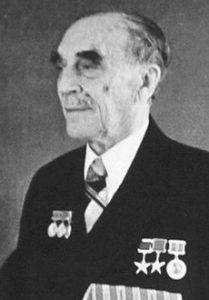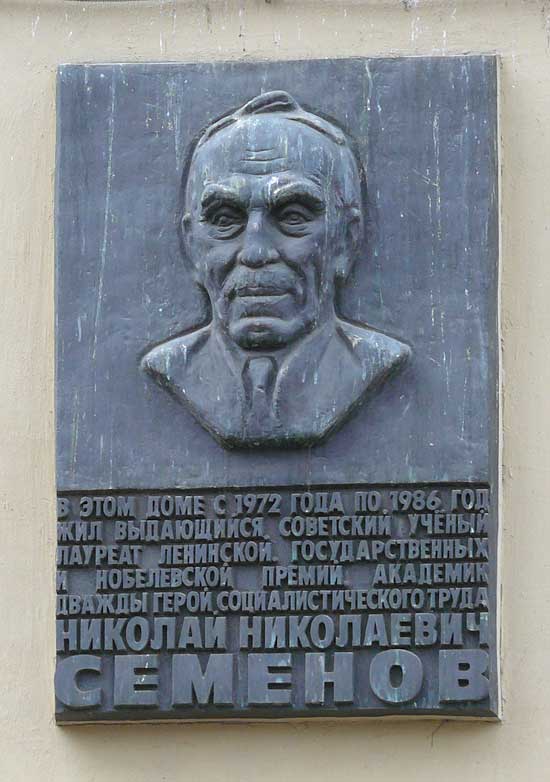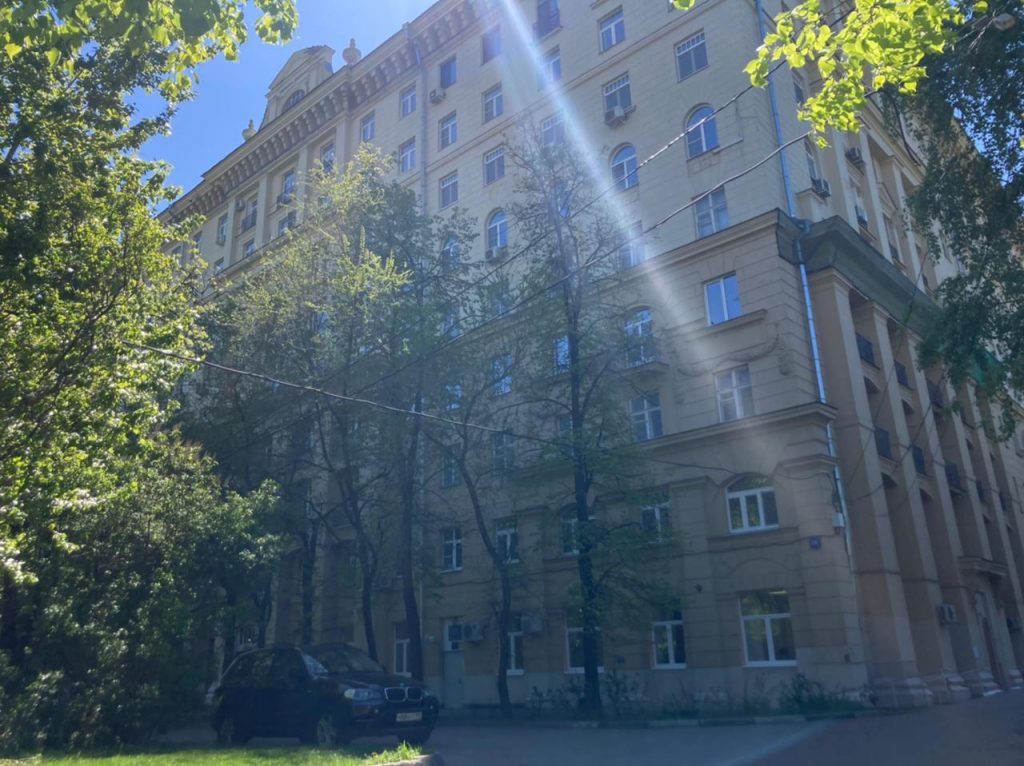Nikolay Nikolaevich
Semenov
1896-1986

Nikolay Nikolaevich Semenov was the Director of the Institute of Chemical Physics of the USSR Academy of Sciences, the Academician of the USSR Academy of Sciences, the twice Hero of Socialist Labor. Since 1927, Semenov was the head of the chemical-physical sector, on the basis of which the Institute of Chemical Physics was organized in 1931, which he led for 55 years (1931-1986). In the 1920s N.N. Semenov discovered the mechanism of thermal electrical breakdown of dielectrics and created its theory. Semenov showed that when a sufficiently large potential difference is brought to the dielectric and a current occurs, the heat released into the external environment is unable to compensate for the heat input, progressive heating begins, the dielectric melts and becomes a conductor. These representations were strictly mathematically formulated, confirmed experimentally and allowed to calculate the breakdown potentials from the data on the thermal conductivity and electrical conductivity of the substance. On January 31, 1929 Semenov was elected a corresponding member, and on March 29, 1932 he became a full member (Academician) of the USSR Academy of Sciences. At the beginning of the Great Patriotic War, the Institute of Chemical Physics (IHF) was evacuated to Kazan, where in 1941-1943 N.N. Semenov worked on defence topics. In 1943 IHF was transferred to Moscow. N.N. Semenov, as the creator of the theories of chain branched reactions, combustion and explosions, clearly understood the importance of work on the use of atomic energy for peaceful and military purposes. Together with P.L. Kapitsa, he was one of the founders of the Moscow Institute of Physics and Technology in 1946, he was the founder and scientific director of the Faculty of Molecular and Chemical Physics of this Institute. In the 1940s and 50s he participated in the Soviet atomic project. A number of major physicists and chemists belong to the scientific school of Semenov: Ya. B. Zeldovich, V. N. Kondratiev, Yu. B. Khariton, K. I. Shchelkin, N. M. Emanuel, D. A. Frank-Kamenetsky, etc. In 1956, together with Englishman Cyril Norman Hinshelwood, Semenov was awarded the Nobel Prize in Chemistry for his work on the mechanism of chemical reactions. Semenov’s ideas about the importance of chemical kinetics for establishing a quantitative relationship between the structure of reacting substances and their reactivity were vividly embodied in the monograph on “Some problems of chemical kinetics and reactivity”. Its first edition was published in 1954, the second one was in 1958, it was translated into several foreign languages. In the monograph, Semenov summarized a lot of material on the reactivity of radicals, paying special attention to the competition between chain, molecular and ionic reactions. In the late 1950s and early 1960s Semenov, with his characteristic energy and enthusiasm, initiated and supported the development of a number of new scientific directions in physics, chemistry and biology. He and his school made a significant contribution to the kinetics of biological processes and the problems of oncology; the kinetics of polymerization processes and the creation of new materials; high-energy chemistry, low-temperature chemistry and the production of energy-intensive substances; nuclear chemistry and the development of new physical methods for studying the structure of matter; metal complex and enzymatic catalysis. At the same time, Semenov and his students paid a lot of attention to the development of chain reactions. The direct determination in the mid-1960s by the method of electron paramagnetic resonance of the concentrations of atoms and radicals in the hydrogen combustion reaction was a confirmation of the predictions of the theory made by Semenov back in 1934. In the 1960s Semenov and his students discovered the energy branching chains in fluorination reactions, which also confirmed Semenov’s early foresight about possible participation in the branching process of excited molecules.
Address: Moscow, Frunzenskaya nab., 24

